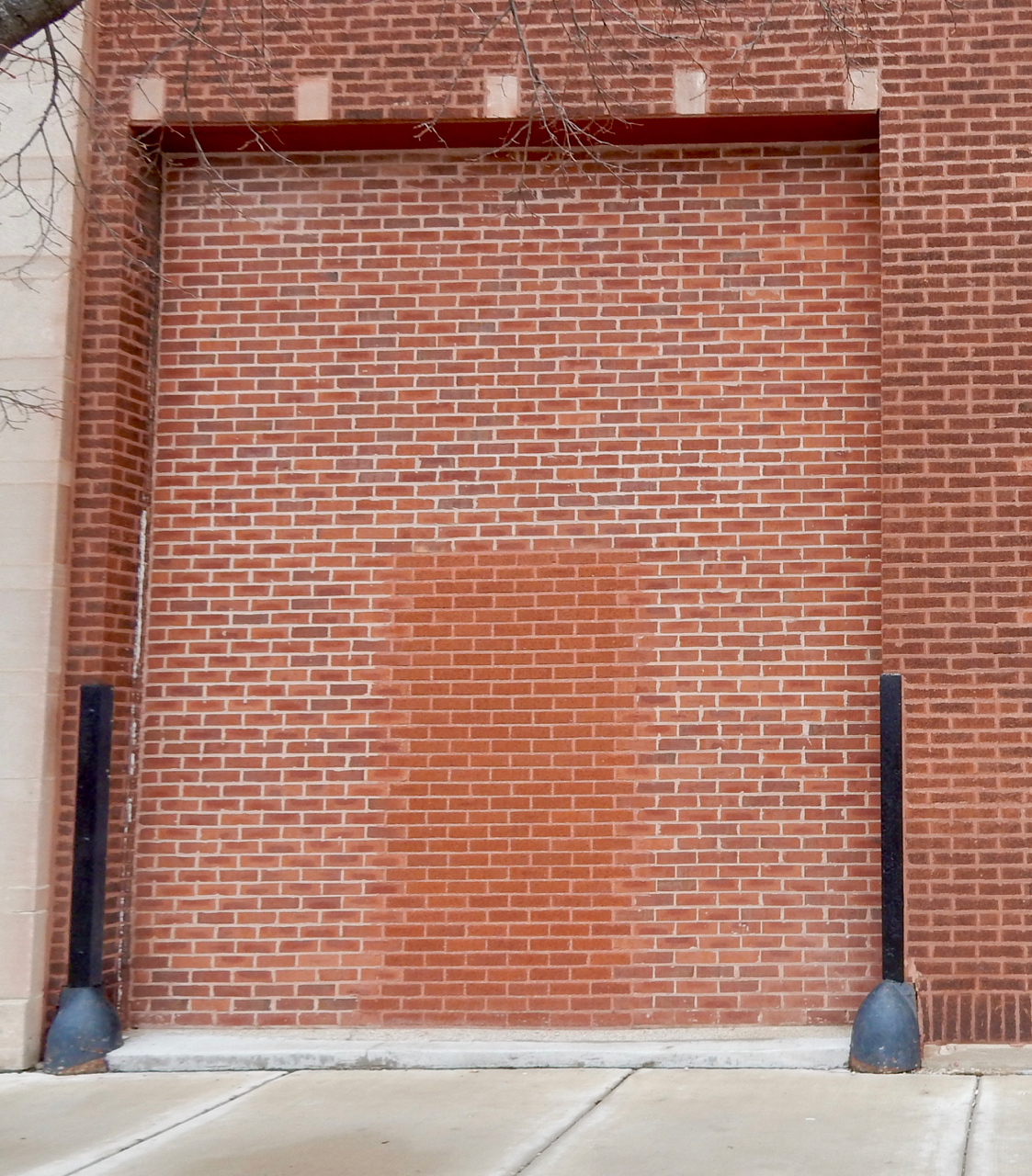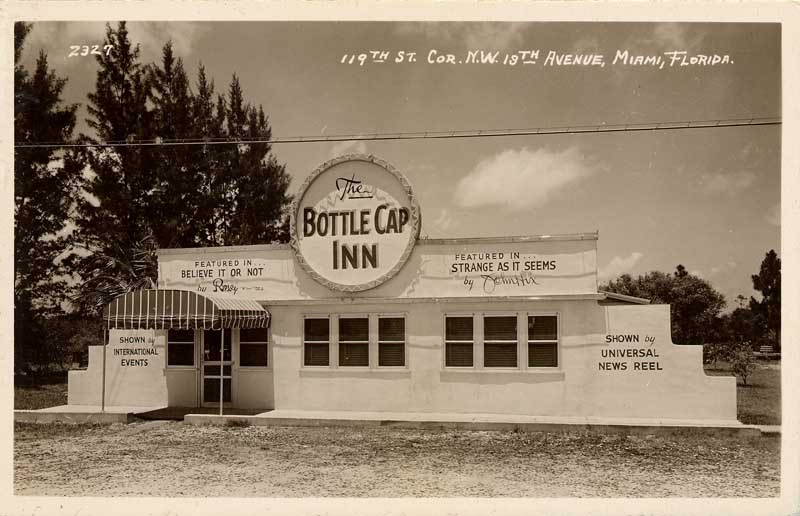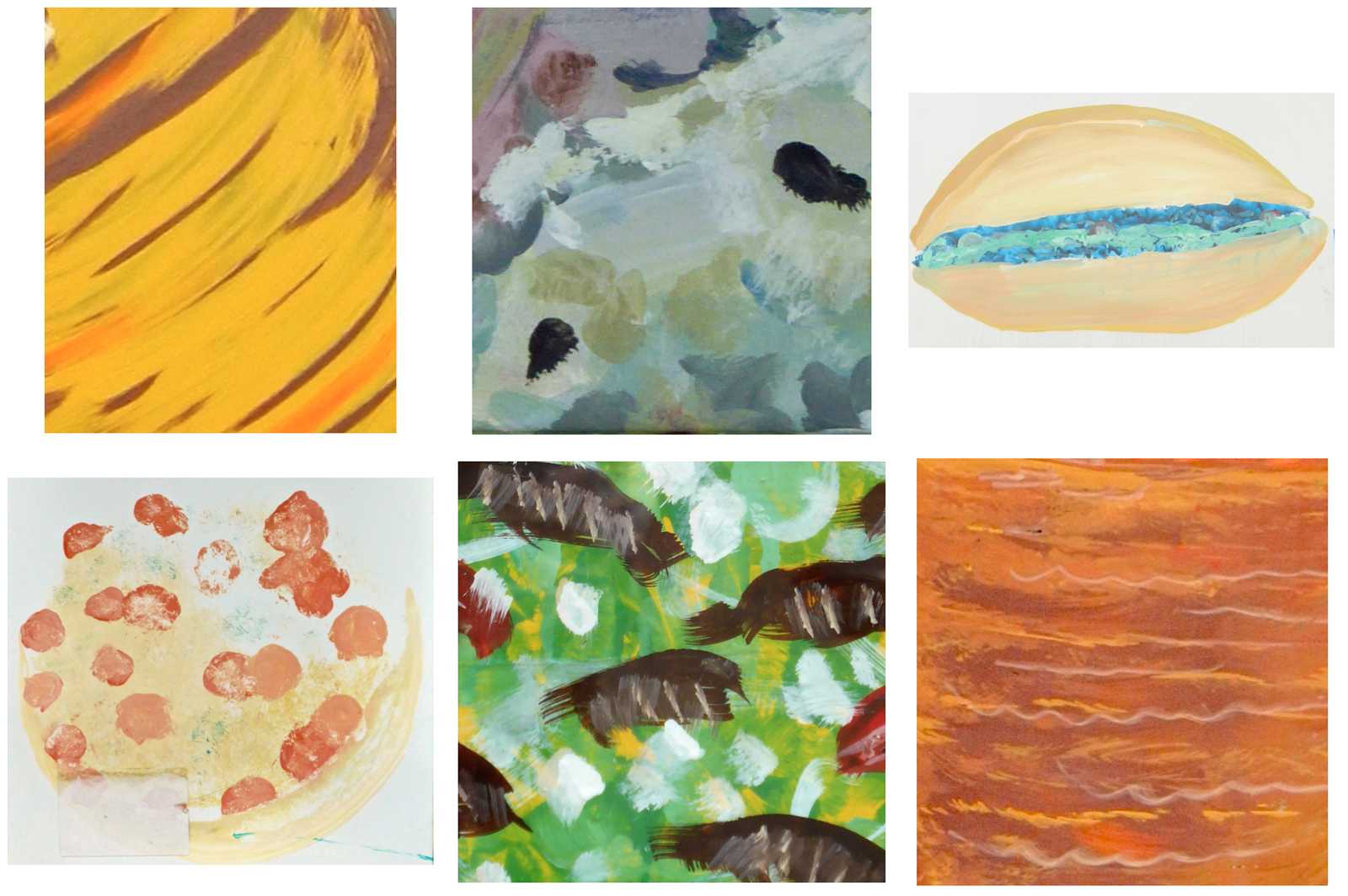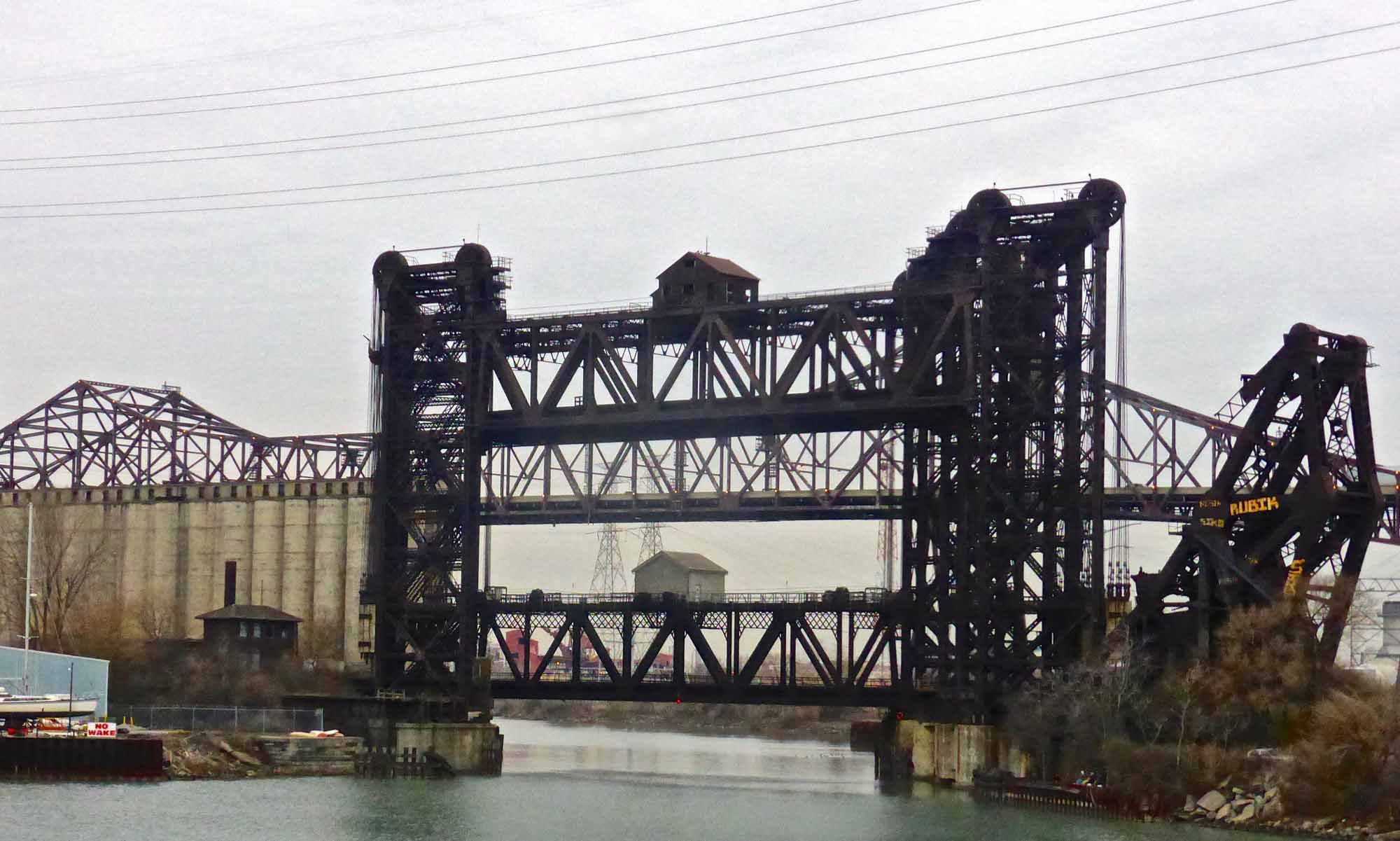Hyperart: Thomasson, by Akasegawa Genpei. Kaya Press, 416 pages, 2010. ISBN: 978-1885030467. Paperback, $17.95. Why did it take me half a dozen years to discover this life-changing book, introducing a concept that fundamentally enriches my relationship to the built environment? The idea is the Thomasson, proposed as a form of “hyperart.”
Continue reading



